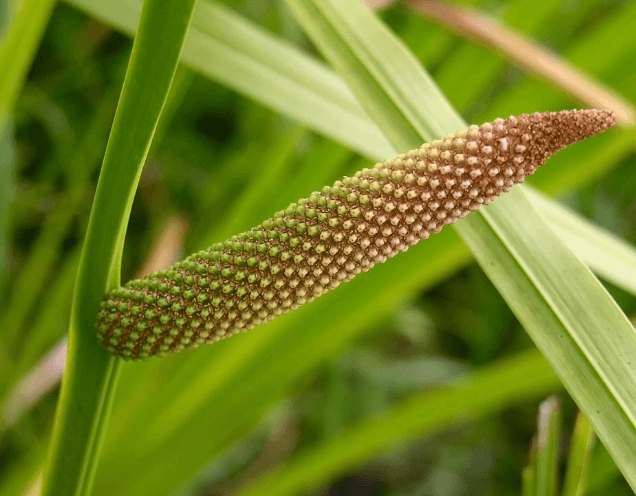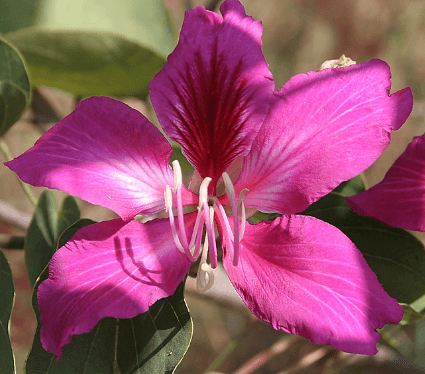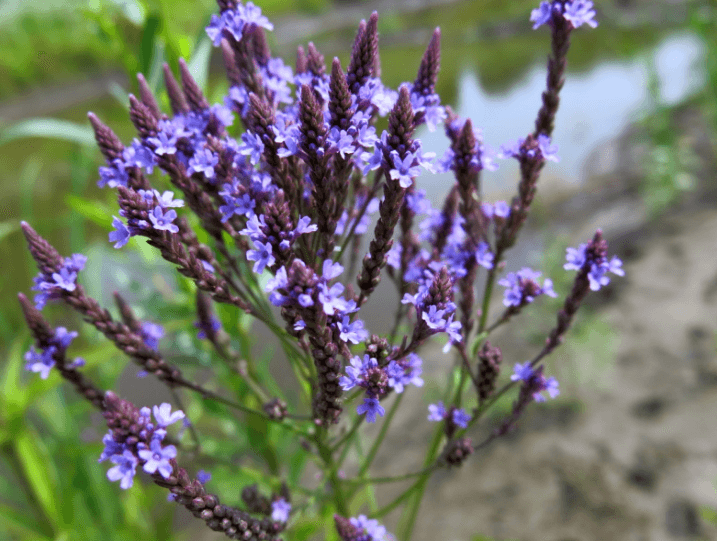Angelica archangelica-Umbelliferae Biennial

Angelica has been described as one of the “stately” herbs. It grows to 1.5- 2m (5-8ft) and is one of the tallest herbs not classified as a shrub or a small tree. The whole plant exudes a fine, sweetish fragrance but is it more pronounced in the hollow, bronze green stems and stalks. The large, round, creamy- lime flower heads bloom in spring, usually in their second year, and the tiny flowerers, which make up the composite bloom, have a piercing, aromatic flavor. The ripened flower seeds should be colored immediately because their germinating period lasts no longer than two weeks. Sowing the seed is the two weeks. Sowing the seed is the usual method of propagation, or sometimes by division of old roots, or sometimes by division of old roots, or by offshoots from the main stem, but these methods are less satisfactory. If stinging nettle is grown near angelica the essential oil in angelica is increased by more than 80 per cent.
This handsome herb is a native of northern Europe a d thrives in a moist, shady position.
There is another, smaller, variety of angelica which has ornamental, curled, glossy leaves (A pachycarpa). It is not as high in medicinal properties, although the flavor is good both for candying the stalks and for making a refreshing tea.
The archangel Raphael is said to have appeared to a monk in a dream during a time of plague and revealed that a piece of stalk or root held in the mouth and chewed would drive away the dreaded peril. Because of its angelic association it became known as “angelica”. Another name for it was “the rooth of the Holy Ghost”. According to the 17th century herbalist, Culpeper, it is a herb of the sun in Leo.
Culinary– the stalks and stems are crystallized and used to decorate cakes and desserts. The fresh young leaves may be finely chopped and added to salads. They give a delicate flavor to stewed fruit and may be used in the preparation of jellies and preserves. The roots are sometimes sliced and cooked as a vegetable.
Medicinal – the whole plant possess digestive properties and Angelica is also excellent for inducing perspiration and may be used as an expectorant. It soothes smoker’s cough and is sometimes used to treat anaemia as well as being taken as a general tonic. Angelica taken as a tea is helpful as a remedy for flatulence.
In cold weather a refreshing and warming drink may be made from the leaves, although it is mainly the root which is used to make the tea which is said to have curative properties. People with a tendency to diabetes are warned against taking angelica, as – it has a tendency to produce sugar in the urine.




